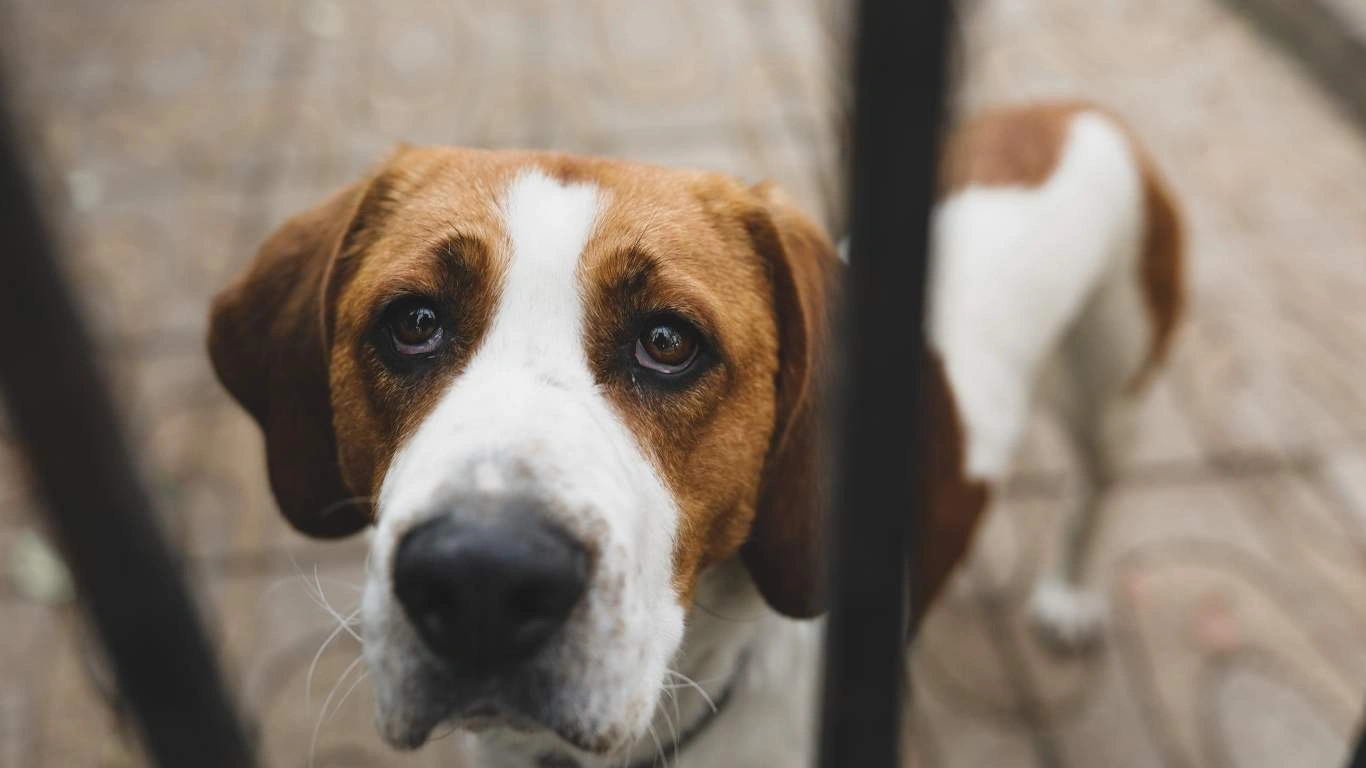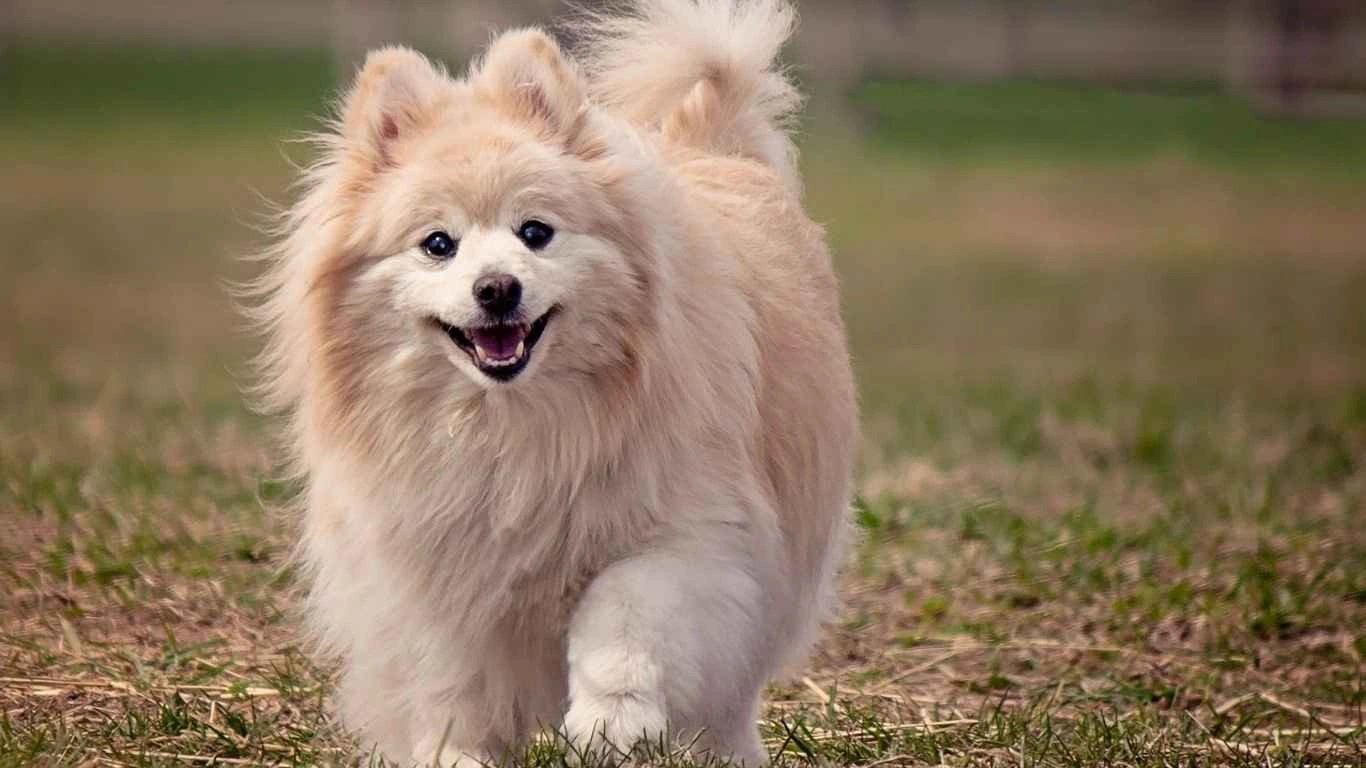Can Dogs Eat Lentils Safely? The Surprising Truth You Should Know
Can dogs eat lentils? I get this question more often than you’d think—especially from pet parents who are exploring homemade or natural diets for their pups. As someone who’s spent years working as an Animal Care Specialist in both pet clinics and shelters, I’ve had my fair share of nutrition chats with worried dog owners. And yeah, I’ve seen both the curious head tilts from pups sniffing lentil soup and the skeptical glances from their humans. So, let’s dive into this topic and break it down in real talk, not just clinical jargon.
Are Lentils Safe for Dogs?

Short answer? Yes—lentils can be safe for dogs in moderation. But just like anything else that isn’t a part of their core diet, there are some key things to keep in mind. At the clinic, I’ve seen pups thrive with a balanced, high-fiber diet that includes small portions of lentils. I’ve also seen upset tummies from dogs who gobbled down too many lentils in one go. It’s all about balance and knowing your dog’s digestive quirks.
Why Lentils Might Be a Good Addition
Lentils are loaded with nutrients that can benefit dogs—if served properly. Here’s why some pet nutritionists and vets might give them a cautious thumbs up:
- High in fiber: Great for digestion and keeping those poops regular (yep, poop talk is part of the job).
- Plant-based protein: A solid supplement for dogs with meat sensitivities or allergies.
- Low in fat: Helps support a healthy weight, especially in less active or senior dogs.
- Rich in iron and folate: Both of which help support energy and overall cell function.
Back at the shelter, we had a few senior dogs with sensitive stomachs. The vet formulated a custom diet that included pureed lentils with rice and lean turkey, and it actually helped stabilize their digestion. But—and this is a big but—we always started slow and monitored closely.
How to Safely Prepare Lentils for Dogs

If you’re thinking of adding lentils to your pup’s diet, cooking them the right way matters. Raw lentils are a no-go—too hard to digest and could cause bloating or gas. Here’s how I usually recommend preparing them when chatting with new dog owners:
- Rinse thoroughly: Remove dust or debris—dogs don’t need any of that extra grit.
- Boil until soft: Make sure they’re well-cooked and mushy. Dogs digest soft foods better.
- Skip the seasoning: No garlic, onions, salt, or oil. Plain is best.
- Serve in small portions: Start with a teaspoon or tablespoon depending on your dog’s size.
Pro tip from the kennel days: Mix a small spoon of lentils into their usual food to test for tolerance. Watch for signs like excessive gas, loose stool, or disinterest in their bowl. Not every dog’s gut handles legumes the same way.
What Types of Lentils Are Best?
Let’s talk lentil varieties. You’ve got red, green, brown, and even black lentils—but which ones are pup-friendly?
- Red lentils: These cook fast and go mushy, which is perfect for older dogs with fewer teeth.
- Brown and green lentils: These hold their shape more and can be good for a little texture.
- Black lentils (beluga): Totally safe, just rinse and cook thoroughly.
In my experience, red lentils are a favorite because they break down easily. We once had a dachshund with barely any molars left, and he did great on a red lentil and sweet potato mash.
When Lentils Aren’t a Good Idea

While lentils have some legit health perks, they’re not for every dog. If your pup already has kidney problems, digestive sensitivity, or a history of gas attacks (you know the kind—make-you-leave-the-room kind), lentils might not be ideal.
Watch out for signs like:
- Excessive flatulence (yep, it’s real and it’s rough)
- Loose stool or diarrhea
- Appetite loss or vomiting
- Itchy skin or rashes after introducing new foods
If any of these crop up, it’s best to stop the lentils and consult your vet. And if your vet is anything like the ones I worked with, they’ll appreciate that you even asked before adding something new.
How Much Lentils Can Dogs Eat Safely?

Alright, so now that we’ve established lentils are generally safe for dogs, the next question I usually get is, “How much is too much?” And it’s a good one. Because yeah, moderation is everything—especially when introducing something new like lentils into your dog’s meals.
In the clinic, I’d typically recommend using lentils as a supplemental part of a balanced diet. Not a replacement for meat protein or your dog’s usual food, just a little bonus. Here’s what I’ve seen work well:
- Small dogs (under 20 lbs): 1-2 teaspoons of cooked lentils, 2–3 times a week.
- Medium dogs (20–50 lbs): 1–2 tablespoons, no more than every other day.
- Large dogs (over 50 lbs): Up to 1/4 cup cooked lentils a few times a week.
But remember, these are just ballpark figures. Always start smaller and watch for any digestive reactions. At the shelter, we always did a 3-day food intro trial for new ingredients—something you can try at home too.
Can Dogs Eat Lentils Daily?

This one’s a bit trickier. Technically, dogs can eat lentils every day—but that doesn’t mean they should. Lentils are legumes, and too many legumes in a dog’s daily diet could lead to digestive issues, or even disrupt protein absorption.
There’s also been some buzz (and concern) in the veterinary community about grain-free diets with too many legumes possibly being linked to canine heart issues like DCM (dilated cardiomyopathy). I remember one pet parent panicking after reading a headline about lentils and DCM, and we had a long chat about the difference between a lentil-inclusive meal versus a lentil-heavy commercial dog food.
Here’s the gist: Occasional use is fine, but lentils shouldn’t dominate the plate. Think of them like a side dish—healthy and fiber-rich, but not the main star. A few spoonfuls with lean meat, some veggies, and maybe a grain like brown rice? That’s a safe bet.
What About Canned or Processed Lentils?
Now here’s something that doesn’t get talked about enough. A lot of folks think they can just toss in some canned lentils and call it a day. But not so fast.
- Canned lentils: Usually packed with salt and preservatives. That’s a no-go for dogs, especially if they’ve got heart or kidney sensitivities.
- Pre-seasoned lentils: Things like garlic, onion powder, and even pepper can cause health issues. Always read labels—or better yet, stick to plain, homemade lentils.
We once had a client who accidentally fed their pug lentils from a spicy Indian dish. Poor guy had a rough night. Trust me—stick to bland and dog-safe prep.
Creative and Dog-Friendly Lentil Recipes

So you’re on board with lentils, and now you’re wondering how to jazz it up while still keeping it pup-safe. I’ve experimented with some homemade dog food recipes over the years—especially for picky eaters or pups with special diets—and lentils are surprisingly versatile.
Simple Lentil & Chicken Mix
Ingredients:
- 1/4 cup red lentils, rinsed
- 1/2 cup diced chicken breast (cooked, no seasoning)
- 1/4 cup chopped carrots
- 1/4 cup cooked brown rice
Boil lentils and carrots together until soft. Mix with shredded chicken and rice. Let it cool before serving. You can portion it into freezer-friendly containers for future meals. Dogs love the warm, soft texture—and it smells pretty decent, too!
Vegan Lentil Mash (for Meat-Sensitive Pups)
Ingredients:
- 1/4 cup green lentils
- 1/4 cup sweet potatoes, mashed
- 1 tablespoon ground flaxseed (for added omega-3s)
Boil lentils until soft, mash with sweet potato, and stir in flaxseed. It’s a gentle option for dogs with meat allergies or those on a vet-approved plant-based plan. Always double-check with your vet before going fully plant-based, though—it’s not for every pup.
Treat Tip:
I also used to make mini lentil bites—kind of like little protein snacks for the pups in recovery. I’d mash lentils with oats and a bit of pumpkin, shape into small patties, and bake them at a low temp until firm. Dogs loved ’em, and they stored great in the fridge for a week!
So if you’ve got a pup who likes variety, or you’re simply looking to boost their fiber intake naturally, lentils can absolutely fit the bill—as long as you play it smart.
Common Myths About Dogs and Lentils

Let’s bust a few myths, shall we? I can’t count how many times I’ve heard things like “Lentils are toxic to dogs” or “Dogs shouldn’t eat anything humans eat.” And while I totally get the cautious vibe, not all “people food” is bad—it just depends on the food and the dog.
Myth #1: Lentils cause heart disease in dogs.
This stems from that ongoing FDA investigation into grain-free diets and DCM (dilated cardiomyopathy). But the key issue was over-reliance on legumes as the main protein source in some boutique dog foods—not a few spoonfuls of lentils in a balanced meal. Most vets I’ve worked with, including our clinic’s cardiologist, stress that moderate lentil intake isn’t the same as feeding legume-heavy kibble exclusively.
Myth #2: Dogs can’t digest lentils at all.
Not true. Sure, they don’t digest legumes the same way we do, but cooked lentils—softened and unseasoned—can actually support gut health in many dogs. I’ve seen pups with minor constipation respond better to a lentil mix than a dose of pumpkin!
Myth #3: All dogs love lentils.
I wish! Just like people, dogs have food preferences. Some gobble lentils right up. Others sniff and walk away like you just served them socks for dinner. That’s why trial portions are so important—observe and adjust.
When to Avoid Lentils Completely

As helpful as lentils can be, there are definitely situations where it’s best to skip them altogether. Over the years, I’ve flagged a few red flags for pet parents to watch out for:
- Dogs with IBS or colitis: Lentils can aggravate sensitive guts due to their fiber content.
- Pups prone to gas or bloating: Even well-cooked lentils can cause gassy episodes for some dogs.
- History of food allergies: Always consult with a vet before introducing a new plant protein like lentils.
- Dogs with kidney issues: Lentils contain purines, which can be problematic for dogs with compromised kidneys.
One of my most memorable cases was a Frenchie named Moose who had chronic bloating issues. His owner had no idea lentils could be a trigger until we removed them from his diet and saw immediate relief. It’s moments like that which really drive home how unique each dog’s digestive system can be.
Veterinarian-Approved Perspective
I always tell pet parents: your vet is your best ally. At the shelter, we never introduced any ingredient—especially something like legumes—without getting the okay from our on-site vet. And you should do the same.
Lentils aren’t a replacement for high-quality dog food, but they can absolutely be an enhancer. Whether it’s for older dogs needing fiber, or allergy-prone pups exploring new protein sources, I’ve seen lentils work wonders—in the right situations.
If you’re ever unsure, ask your vet these questions:
- Is my dog healthy enough to try plant-based proteins?
- Would lentils interfere with any current medications or health conditions?
- What’s the best way to introduce lentils based on my dog’s size and breed?
Final Thoughts: Can Dogs Eat Lentils?
So, can dogs eat lentils? Yes—with a few caveats and a little common sense. Lentils can be a nutritious, fiber-rich addition to your dog’s diet when cooked plainly, served in moderation, and introduced slowly. And hey, if your pup likes them, it’s a win-win for both their gut and your budget.
From my time in both shelters and pet clinics, I’ve learned one golden rule: every dog is different. What works great for one might be a no-go for another. But with a little observation, the right prep, and a vet’s guidance, lentils could be a healthy addition to your furry friend’s bowl.
References
- American Veterinary Medical Association (AVMA)
- U.S. Food & Drug Administration (FDA)
- American Gastroenterological Association (AGA)
- PetMD
- American Animal Hospital Association (AAHA)
Disclaimer
Disclaimer: The content in this article is for informational purposes only and based on personal experience as an Animal Care Specialist. It does not substitute professional veterinary advice. Always consult with your veterinarian before making changes to your dog’s diet, especially when introducing new ingredients like lentils.






